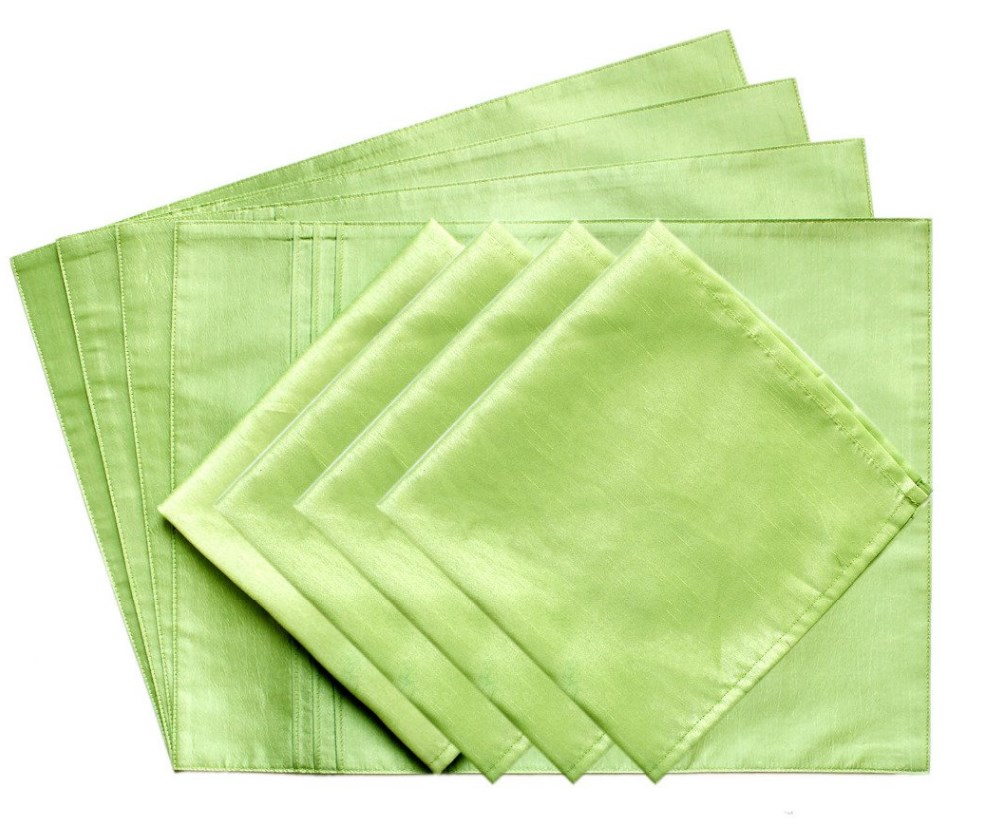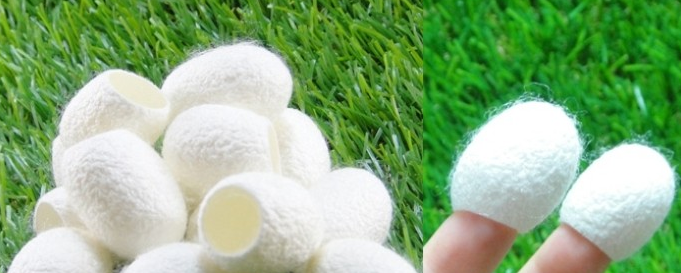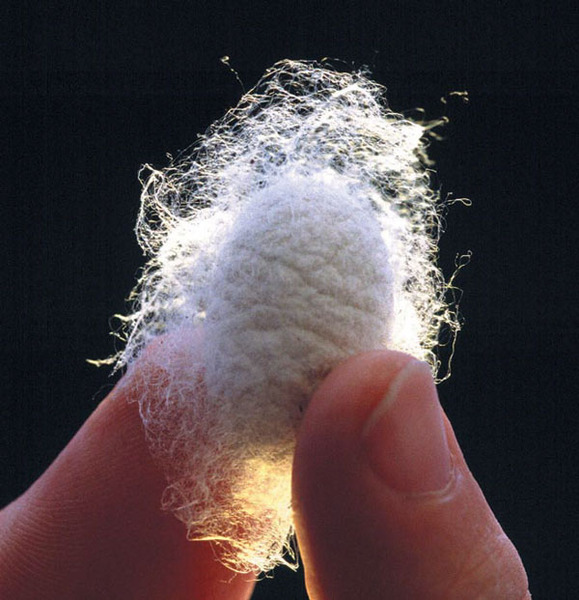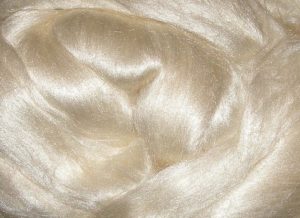 Natural silk is a fabric made from threads obtained from silkworm cocoons. The artificial analogue is a product of cellulose processing. There are several ways to distinguish them from each other:
Natural silk is a fabric made from threads obtained from silkworm cocoons. The artificial analogue is a product of cellulose processing. There are several ways to distinguish them from each other:
- Tactile (to the touch) – threads from silkworm cocoons are softer and more delicate than cellulose fibers.
- Using sunlight - silk shimmers when naturally heated and retains heat for a long time, the substitute cools quickly.
- Burning fibers - for this, several threads are pulled out from their webs and set on fire. If the fabric melts instead of burning and gives off a burnt paper aroma, then it is artificial. When exposed to fire, the natural material turns to ash and smells like burnt hair.
- Tear test - natural tears in even strips and does not crumble
You also need to pay attention to the texture - if the fabric is perfectly even and smooth, then its fibers are not obtained from a silkworm cocoon, but are of synthetic origin.There is also a chemical test: dissolve 16 g of copper sulfate, 10 g of glycerin, and a pinch of caustic soda in 150 g of water. Place a piece of fabric into this solution. If it dissolves without a trace, then it is real. There is a difference between the materials and in price - polymer is 2-4 times cheaper.
Difference from fake
 In order to avoid becoming a victim of scammers and purchasing a fake instead of real silk, you need to take into account the price of the fabric and check it for the following indicators (regarding natural fabric):
In order to avoid becoming a victim of scammers and purchasing a fake instead of real silk, you need to take into account the price of the fabric and check it for the following indicators (regarding natural fabric):- The ability to retain heat is high.
- Hygroscopicity – high.
- Natural shine is muted, not bright.
- The fake frays a lot when cutting and cutting.
- Creaseability is low, the fabric is easy to smooth out.
Also, the edges of the fake crumble after cutting. A chemical test using sulfuric acid will effectively help expose fraudsters, because the artificial analogue will turn red upon contact.
Characteristics of silk
Knowing the characteristics of the material will help you quickly and correctly choose a quality canvas. The fabric, which consists of threads produced by the silkworm, has high breathability, good thermal conductivity, it is elastic and durable.
When you touch the body, you feel coolness. Such indicators make it possible to sew everyday and festive clothes, underwear, bed linen, kitchen utensils (tablecloths, napkins) from silk, and less often - upholstery for upholstered furniture. The material is no less popular as a lining for scarves, clothing, and decorative ribbons.
Characteristics of synthetic silk
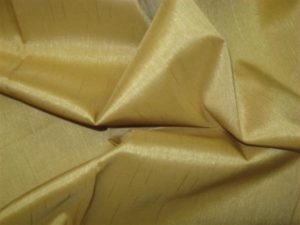 Silk based on viscose fiber obtained from cellulose processing began to be produced at the beginning of the 20th century.This was made possible due to its low maintenance requirements and reduced cost compared to its original counterpart. Cellulose is treated with chemical compounds, resulting in thin, smooth fibers.
Silk based on viscose fiber obtained from cellulose processing began to be produced at the beginning of the 20th century.This was made possible due to its low maintenance requirements and reduced cost compared to its original counterpart. Cellulose is treated with chemical compounds, resulting in thin, smooth fibers.
The term “artificial silk” refers to viscose-based materials and other synthetic fabrics (polycotton, polyester). It has an attractive appearance, smooth surface, and excellent air permeability. The canvas is no less valued for its strength, resistance to mechanical damage and deformation, and resistance to color fading. In addition, products made from viscose are undemanding in care. Cheap samples of viscose fabrics with impurities of low-quality polyester accumulate static electricity. The best option for a viscose (cellulose) silk substitute is a material without impurities. You can learn more about the properties in the video.


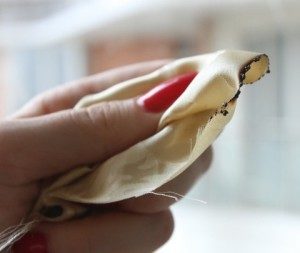
 1
1